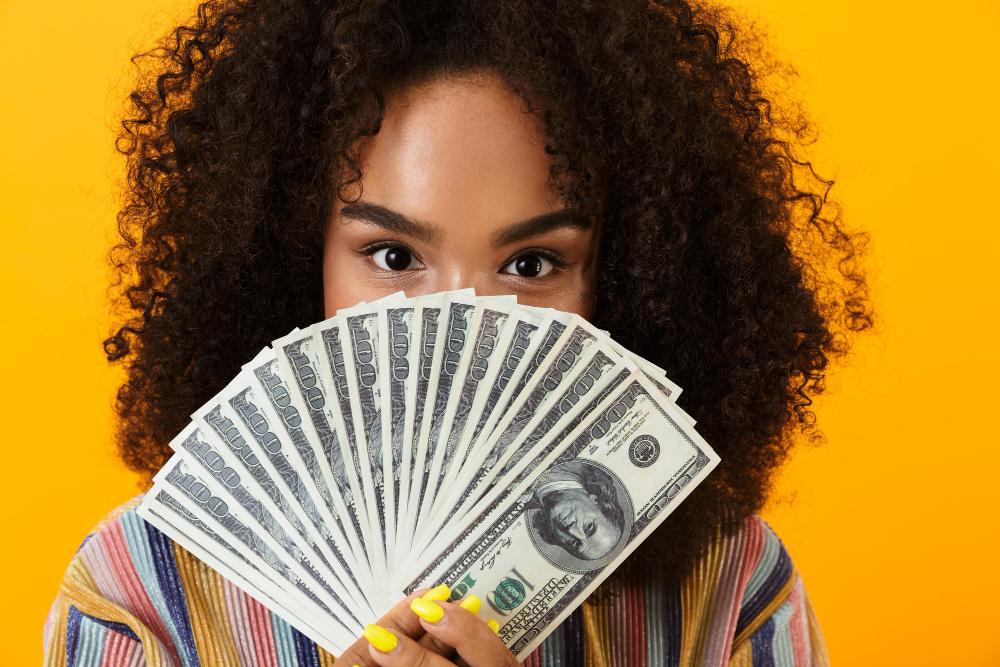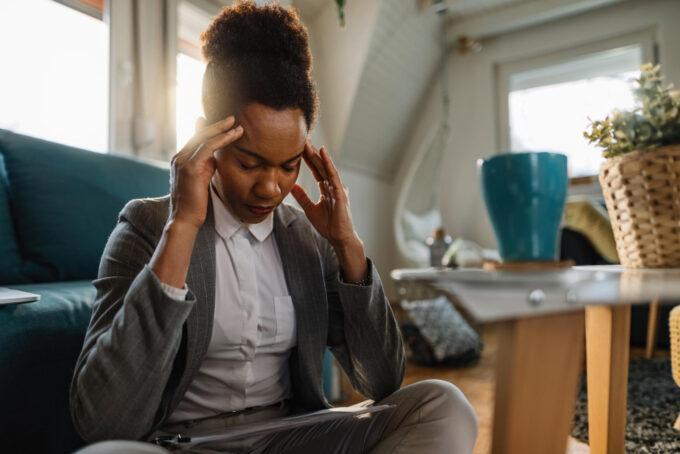
Authored by: Christine Thomasos
Could you afford to pay for a $400 emergency today? The Federal Reserve says most Americans couldn’t. Less than 40 percent of people in America have the savings to cover an unexpected accident. If more people took the pay yourself first approach, their savings accounts could help them deal with unpredictable incidents and prepare for the future.
Before you pay your bills, you should pay yourself first. This isn’t an excuse to go into debt because of shopping sprees or travel plans. Paying yourself first is a strategy that financial experts recommend to get you on the path to financial freedom. When you pay yourself first, you’re taking care of your responsibilities while utilizing strategies that build wealth. If you’re wondering what it means to pay yourself first or why you should do it, keep reading.
What Does Pay Yourself First Mean?
In a nutshell – paying yourself first is a strategy that prioritizes your savings and financial goals. A person who pays themselves first will deposit a fixed portion of each paycheck into their savings and/or retirement account before they use the money to pay monthly expenses. So many of us allow our debt or bills to dictate our spending. When we pay ourselves first, we’re tapping into a unique approach that keeps our focus on our financial future. It’s a form of reverse budgeting where our money is placed into savings or towards retirement plans before being divided between our monthly responsibilities.
Paying yourself is more than just something you do – it’s a way of thought. Whether you can schedule all your bills on autopay or are behind on a payment, you should prioritize yourself in your monthly budget. When you pay yourself first, you’re intentional about thinking beyond your fixed or variable expenses. While it’s important to pay your bills on time and healthily sustain your lifestyle, your future self depends on the financial choices you make today.
When you pay yourself first, you’re not going to forget to put money into your monthly savings account. Before you even think about spending money on those concert tickets, shoes, or whatever you’re tempted to buy, a paying yourself first mentality will automatically make sure you’re saving for your future. Now that you know what it means to pay yourself first, let’s get into how you can start doing it.
How To Pay Yourself First
Before you start paying yourself first, think about your why or reason for saving. Do you want to build an emergency fund? Maybe you’re thinking ahead and want to plan for retirement or have goals to buy a house. When you establish some short, mid, and long-term goals, you’ll be able to develop the best savings plans to help you get there.
There’s more than one way to pay yourself first. Paying yourself first is a personal finance method that should complement your own finance journey. Some people focus on direct depositing a fixed percentage of each paycheck into their savings accounts. Others look into putting a consistent amount of money into retirement account contributions. If you’re not sure about the best way to get started, talk to your local banker, or trusted financial professional to help you start making moves in the right direction.
Once you know your personal payment goals, it’s important to figure out how much of your paycheck will be deposited into the account(s) where you’ll be paying yourself first. Before you start saving for a house, car, or vacation, experts at Wells Fargo suggest people should build their emergency funds and save for retirement. According to the bank, a 5-10 percent savings goal is a good place to start. Even if that means saving $25 or $50 a month, that’s a great step towards reaching your savings goals. You may not be able to afford to pay yourself much right now, but you can always increase this amount in the future.
Now that you’re ready to start paying yourself first, here are some tips to help you get started:
- Open a savings account with another bank to avoid quickly accessing and spending that money
- Set up automatic transfers that go directly into your savings account
- Ask your job to split direct deposit payments between your savings and checking accounts
In the future, you’ll thank yourself for deciding to pay yourself first. Don’t let your debt, bills, or past decisions stop you from securing your financial future.
SOURCE1
- https://www.federalreserve.gov/publications/2019-economic-well-being-of-us-households-in-2018-dealing-with-unexpected-expenses.htm
- https://www.wellsfargo.com/online-banking/my-money-map/my-savings-plan/
Featured Listings
Credit Score in the 600s? These Credit Cards Won’t Ghost You
The Best Credit Cards for People with 600-650 Credit Scores Alright, so...
8 Black Women-Owned Businesses to Support in the DMV This Month
The DMV is home to an incredible number of Black women entrepreneurs...
How the New Tariffs Will Impact Your Everyday Life—From Margaritas to Gas Prices
The U.S. has rolled out new tariffs on imported goods, and while...
2025 Budget: What It Means for Black America
If you’ve ever had to stretch a paycheck, rely on Medicaid for...














Leave a comment